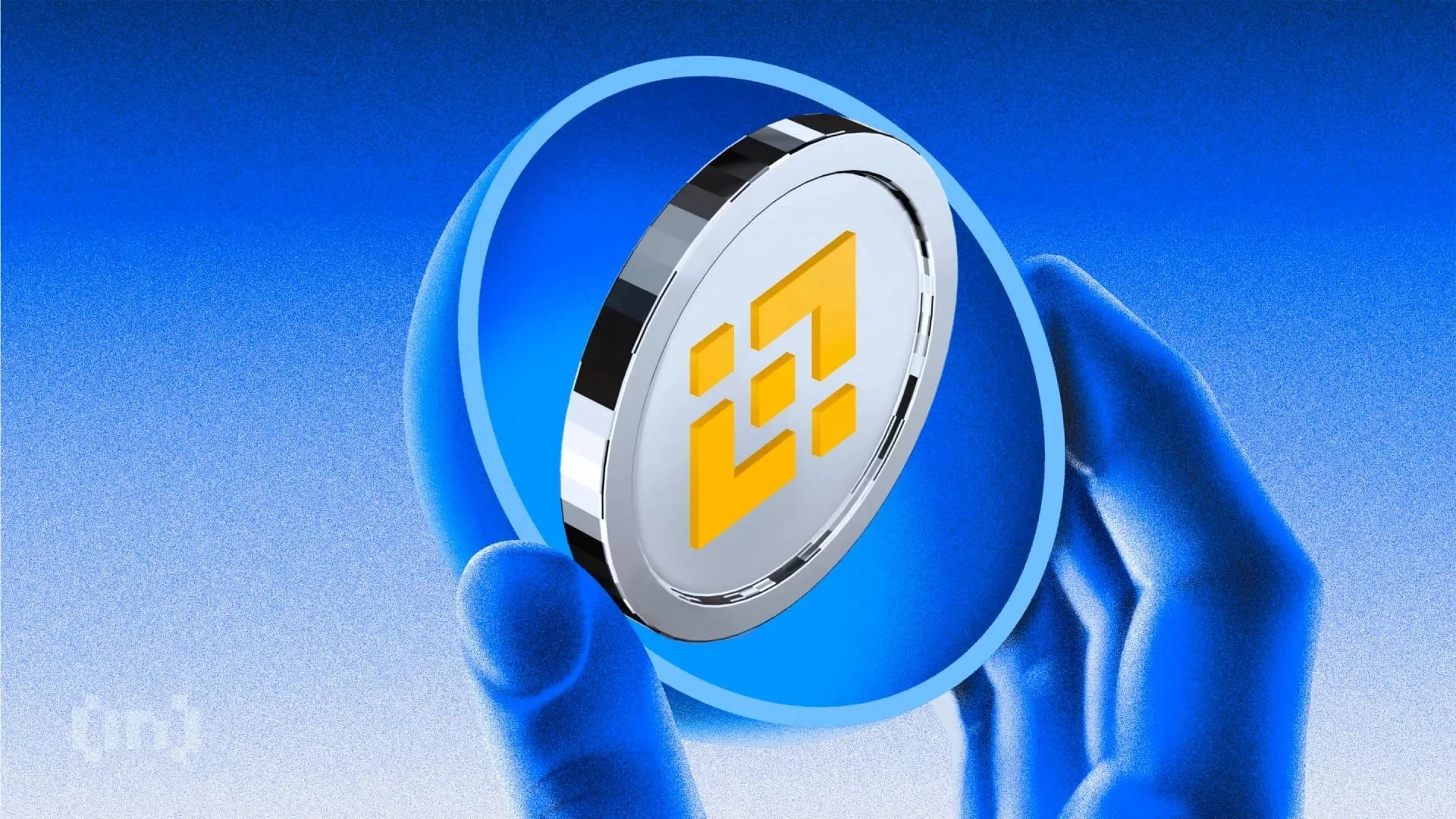Blockchain technology holds immense potential, revolutionizing various industries from finance to supply chain management. However, a significant hurdle stands in its way: scalability. This article explores the challenges of blockchain scalability and delves into innovative solutions aimed at unlocking its full potential.
The Scalability Problem: A Deep Dive
Содержание статьи:
Blockchains, by design, prioritize security and decentralization. This comes at a cost: limited transaction throughput. For example, Bitcoin can process only around 7 transactions per second (TPS), while Ethereum manages approximately 15 TPS. Compared to traditional payment networks like Visa, which handle thousands of TPS, blockchain’s limitations become apparent.
This bottleneck stems from the consensus mechanisms used to validate transactions. Proof-of-Work (PoW), employed by Bitcoin, requires miners to solve complex cryptographic puzzles, consuming significant energy and time. Each transaction must be verified by multiple nodes, further slowing down the process.
Layer 1 Solutions: Modifying the Core Protocol
Layer 1 solutions involve making changes to the core blockchain protocol itself. These alterations aim to improve efficiency and increase throughput directly.
Sharding
Sharding divides the blockchain into smaller, manageable segments called shards. Each shard processes a subset of transactions, allowing the network to handle multiple transactions concurrently. Ethereum’s 2.0 upgrade incorporates sharding, promising a significant boost in scalability.
Proof-of-Stake (PoS)
Transitioning from PoW to PoS offers a more energy-efficient and faster alternative. PoS selects validators based on the amount of cryptocurrency they stake, reducing the computational burden and increasing transaction speeds. Ethereum’s shift to PoS is a prime example of this approach.
Block Size Increase
Increasing the block size allows more transactions to be included in each block. However, this approach can lead to centralization as it requires more storage and bandwidth for nodes.
Layer 2 Solutions: Building on Top of the Blockchain
Layer 2 solutions operate on top of the existing blockchain, offloading transaction processing and reducing congestion on the main chain.
State Channels
State channels enable participants to conduct multiple transactions off-chain, only settling the final state on the blockchain. This reduces the number of on-chain transactions, lowering costs and improving speed. The Lightning Network on Bitcoin is a prominent example.
Rollups
Rollups bundle multiple transactions into a single batch and post it to the blockchain as a single transaction. This significantly reduces the amount of data processed on-chain. Optimistic rollups and zero-knowledge (ZK) rollups are two common types.
Addressing blockchain scalability is crucial for its widespread adoption. While no single solution offers a silver bullet, a combination of Layer 1 and Layer 2 approaches holds the key to unlocking blockchain’s full potential. As these solutions mature, blockchain networks will become faster, cheaper, and more capable of handling the demands of a global economy. The future of blockchain is bright, promising a more efficient and decentralized world.
